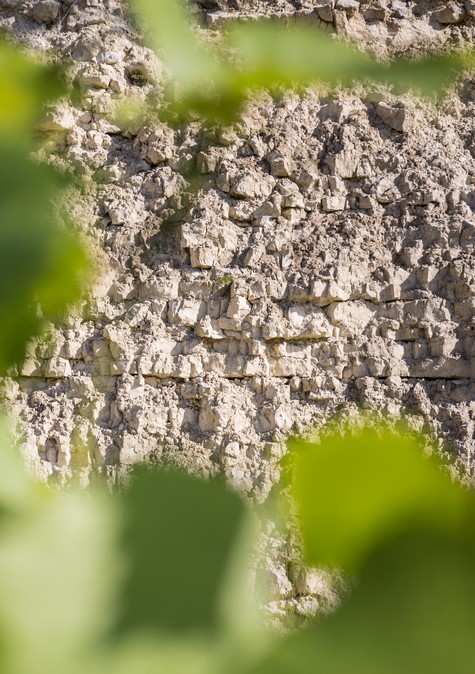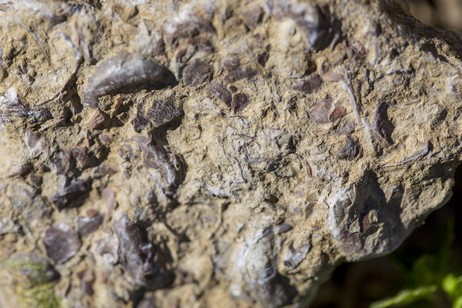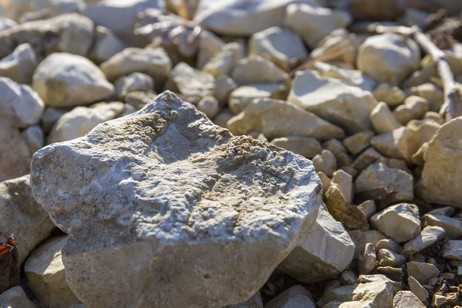Marine-based limestone soil
In geological terms, the Chablis wine region is part of the belt that borders the Parisian basin. This belt forms an arc stretching from the edge of the Loire Valley to the south of Champagne, via the north of Bourgogne and on to the south of England.
The Chablis vineyards are located in a sedimentary basin. The limestone that makes up the bedrock of Chablis was formed in a warm, carbonate-rich sea that used to cover this low-lying area. Little by little, it filled up with the materials that are now present in the soil and subsoil of the Chablis wine region.
In this wine-growing region of northern Bourgogne, there are in fact two types of soil, formed in two ages of the Jurassic period: the Kimmeridgian and the more recent Portlandian (also known as Tithonian).
The Petit Chablis appellation is mainly grown on Portlandian soils, on the higher slopes or on the plateau, while the other appellations, Chablis, Chablis Premier Cru and Chablis Grand Cru, grown on hillsides, are mainly found on Kimmeridgian soils.

Kimmeridgian soil

During the Kimmeridgian age, more than 150 million years ago, the shallow, warm sea led to an accumulation of carbonate deposits mixing with elements from terrestrial erosion, such as clay. This phenomenon explains the presence of marl and small Exogyra virgula oyster fossils in Kimmeridgian soils.
It is from this very distinctive subsoil, which comes to the surface in places, that Chablis wines draw their unique character, their purity, elegance and minerality.
"The vineyards of the Chablis region have just one religion: Kimmeridgian” wrote Jacques Fanet in his book "Les terroirs du vin", published by Hachette.
Portlandian soil
During the Portlandian age (135 million years ago, now known as the Tithonian age), the sea level was much higher: elements of terrestrial erosion were rarer, so the limestone formed was much harder.
40 million years ago, the upward thrust that formed the Alps shaped the landscape. The hard Portlandian limestone cracked, while the softer Kimmeridgian limestone marl was better able to absorb the pressure.
Afterwards erosion attacked the softest soils, shaping the Chablis landscape over time.

A subsoil with an English accent
Did you know ? The name “Kimmeridgian” comes from the little village of Kimmeridge in Dorset in the south of England. It is here that the Kimmeridgian age was defined.
Similarly, the name “Portlandian” comes from the island of Portland in England.
Indeed, Alcide d'Orbigny, the French geologist who identified these two geological stages, carried out his research in south-west England.
Chablis takes pride in its subsoil :
<

